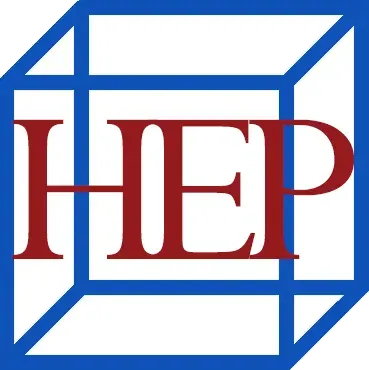Giffard Steam Dirigible, 1852
Original price was: £20.00.£15.00Current price is: £15.00.Giffard Steam Dirigible: The first powered and steerable (French: dirigeable) airship to fly (scroll down for a more detailed Description)
Print published 1973 by Hugh Evelyn; drawn by Peter W.M. Griffin
Print size: c. 34 x 24 cm [13″ x 9″] may vary slightly from the printers’ cut 50 years ago)
Printed on high white matt cardstock of 115 g/m²
Print is STANDARD size – shipping is the same for 1 to 10 prints (based on largest print size in your order) – see Shipping & Returns.











